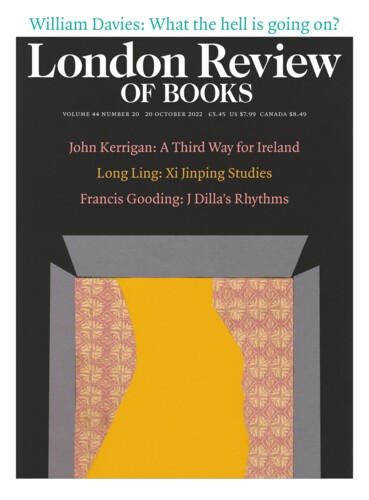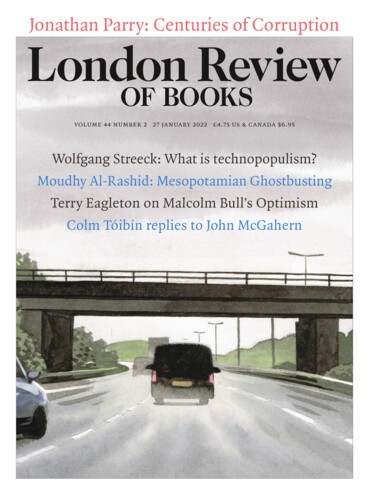The evening sky on Friday lit up with a bright auroral display. Such phenomena are usually confined to the polar regions, but this one was seen as far south as Mississippi and as far north as Melbourne.
Chris Lintott
Chris Lintott is a professor of astrophysics at Oxford and co-presenter of The Sky at Night. Asteroid 4937 is named after him.
Short Cuts: Total Eclipse
Chris Lintott, 25 April 2024
It is very difficult to describe what I witnessed on Monday, 8 April, standing in a field in Ohio a little after three in the afternoon. As the shadow of the Moon swept across the surrounding cornfields, engulfing the crowd that had gathered to watch the total solar eclipse, we were transported, briefly, to a place unlike anywhere else on Earth. The transition from partial to total eclipse...
Before the Large Hadron Collider was turned on fifteen years ago, it was suggested that the particle accelerator might bring about the end of the Universe.
Space Snooker
Chris Lintott, 20 October 2022
Where the Earth and the other rocky planets of the solar system orbit today, there were once, five billion years ago, more than twenty worlds larger than the Moon, several perhaps as large as Mars. Collisions were common. Rocks brought back from the Moon by the Apollo astronauts tell us that one of these worlds, often known as Theia, hit the still-forming Earth, destroying itself and...
Short Cuts: Born in Light
Chris Lintott, 27 January 2022
The universe was born in light. If modern cosmology is right, for the first forty thousand years or so after the Big Bang the most important component in the young, hot universe was electromagnetic radiation, a situation that continued until the universe had cooled sufficiently for the first hydrogen and helium atoms to form. Temperatures were still high enough at that point for the cosmos...
Read anywhere with the London Review of Books app, available now from the App Store for Apple devices, Google Play for Android devices and Amazon for your Kindle Fire.
Sign up to our newsletter
For highlights from the latest issue, our archive and the blog, as well as news, events and exclusive promotions.




